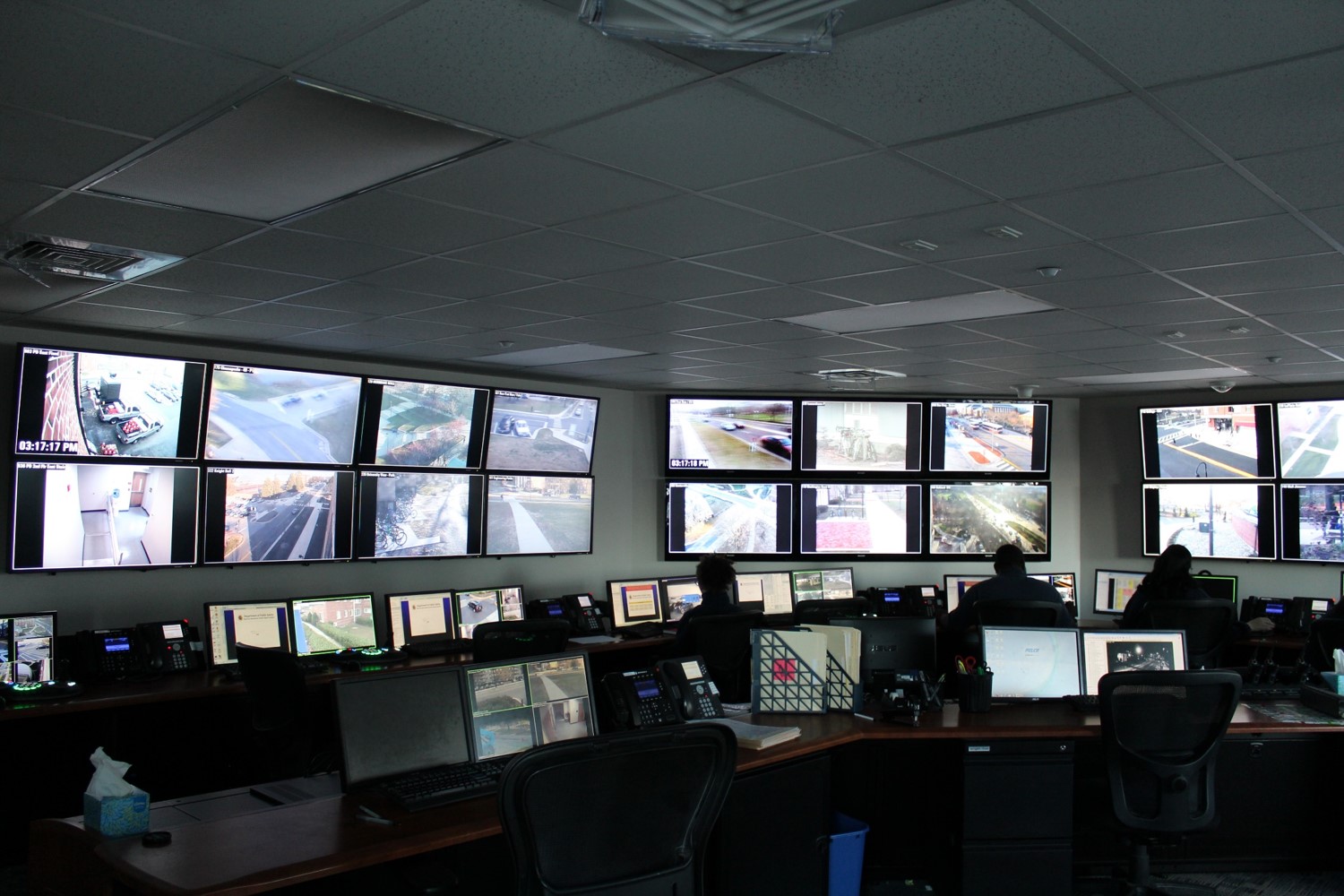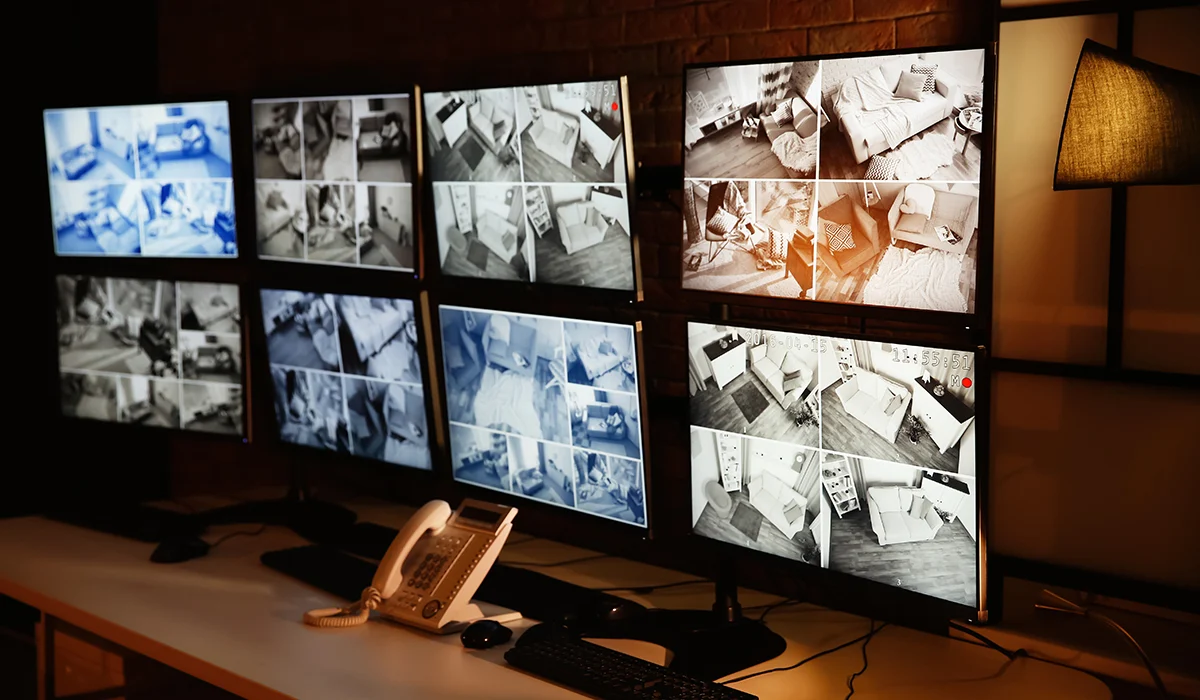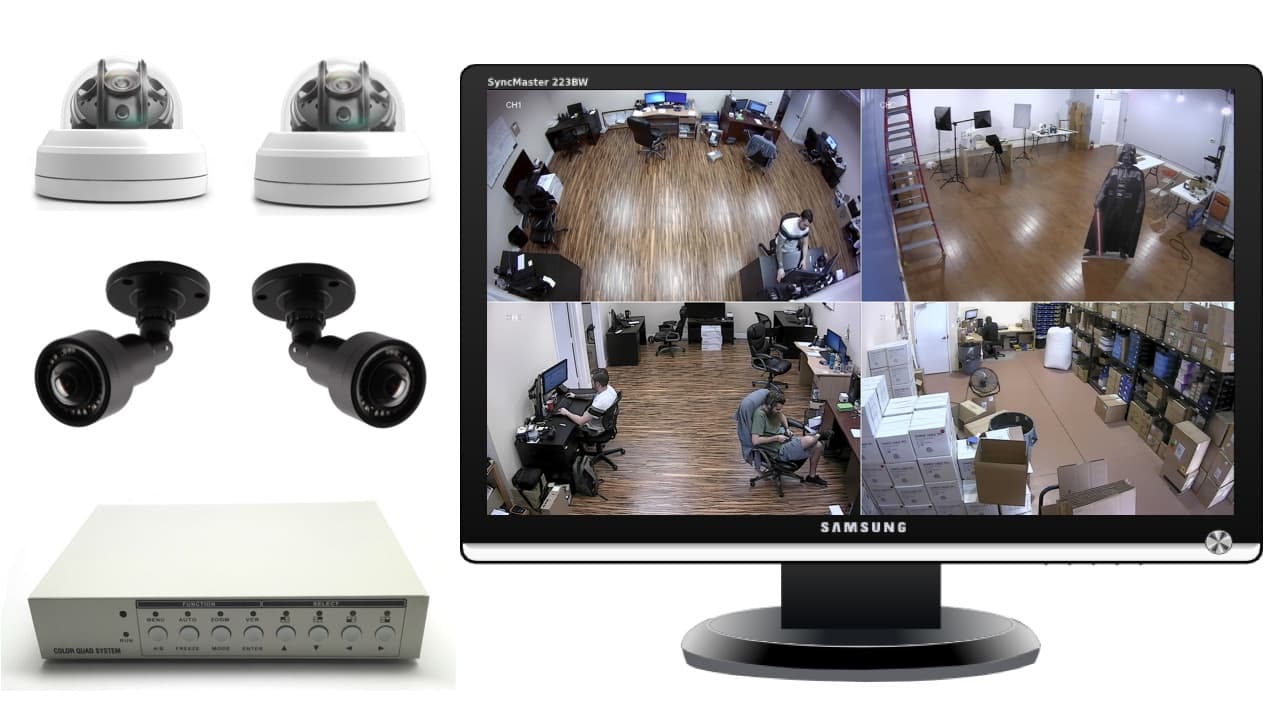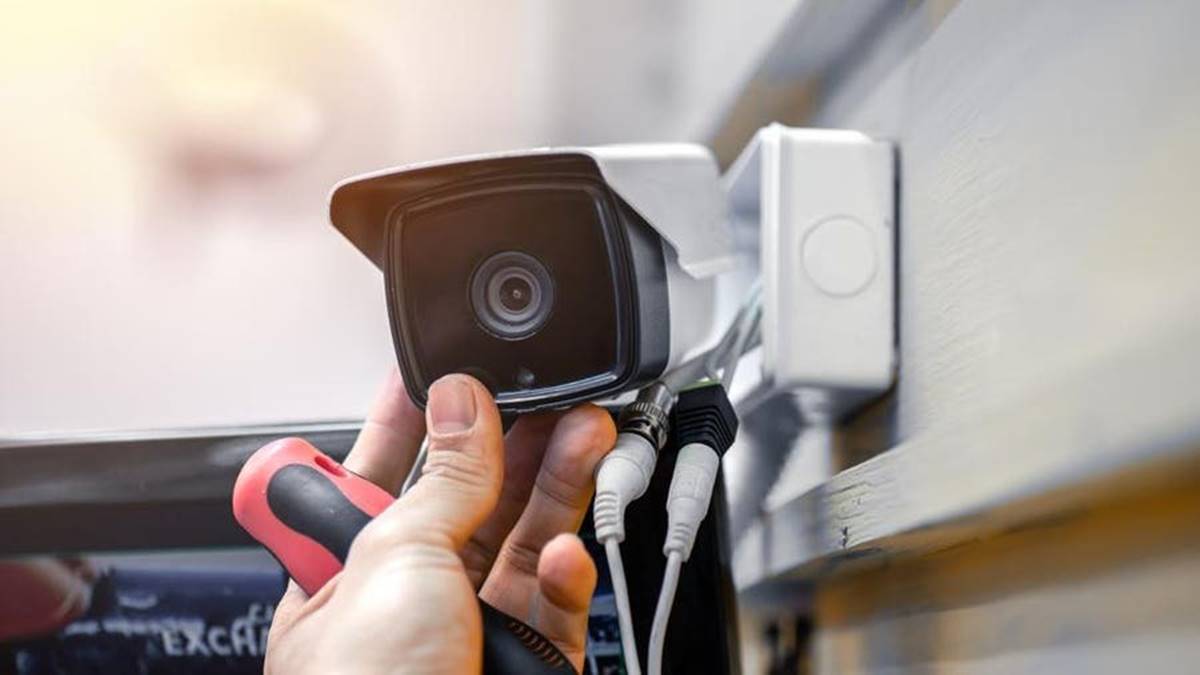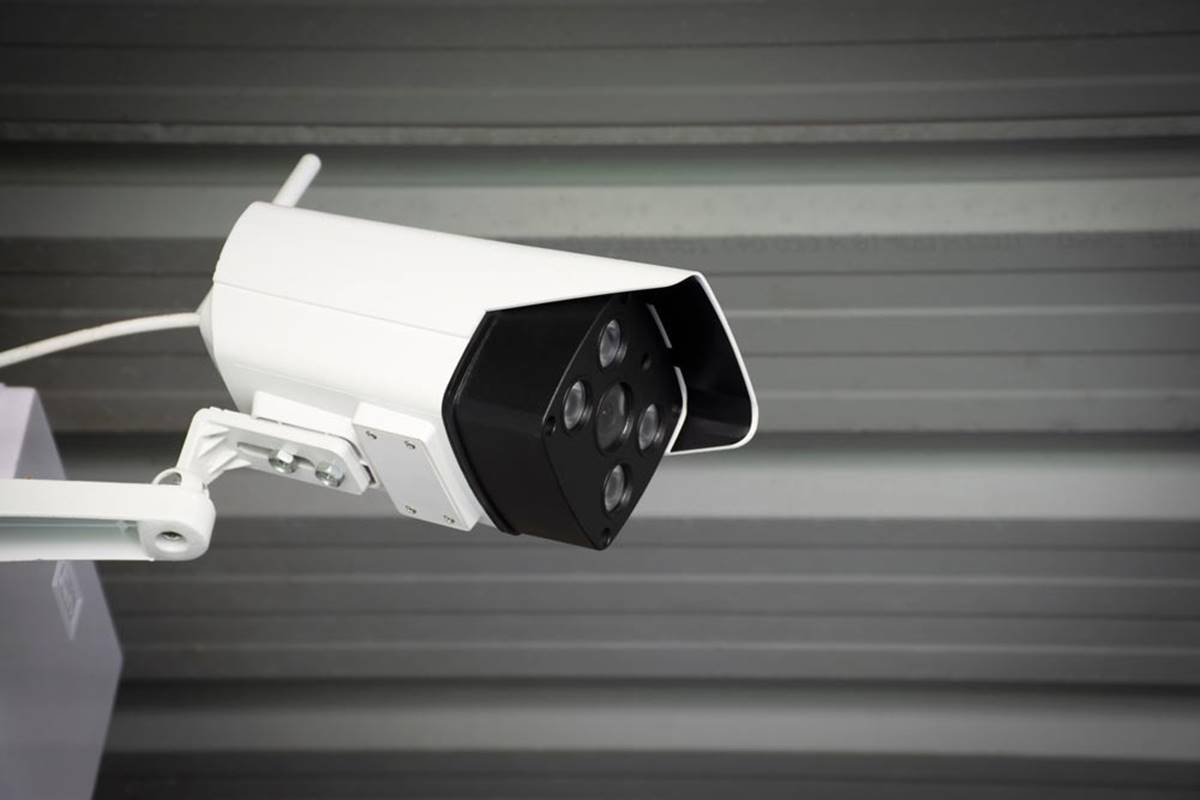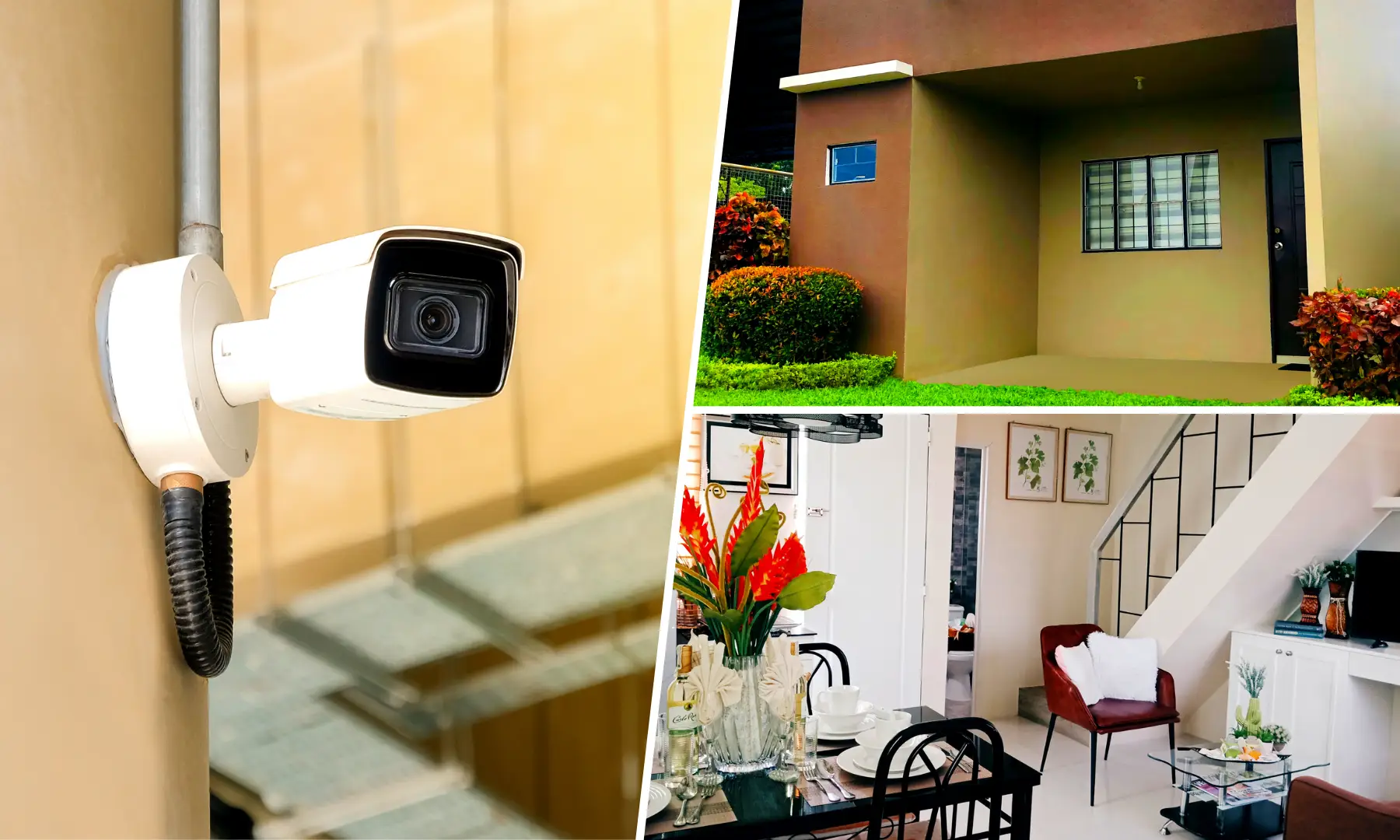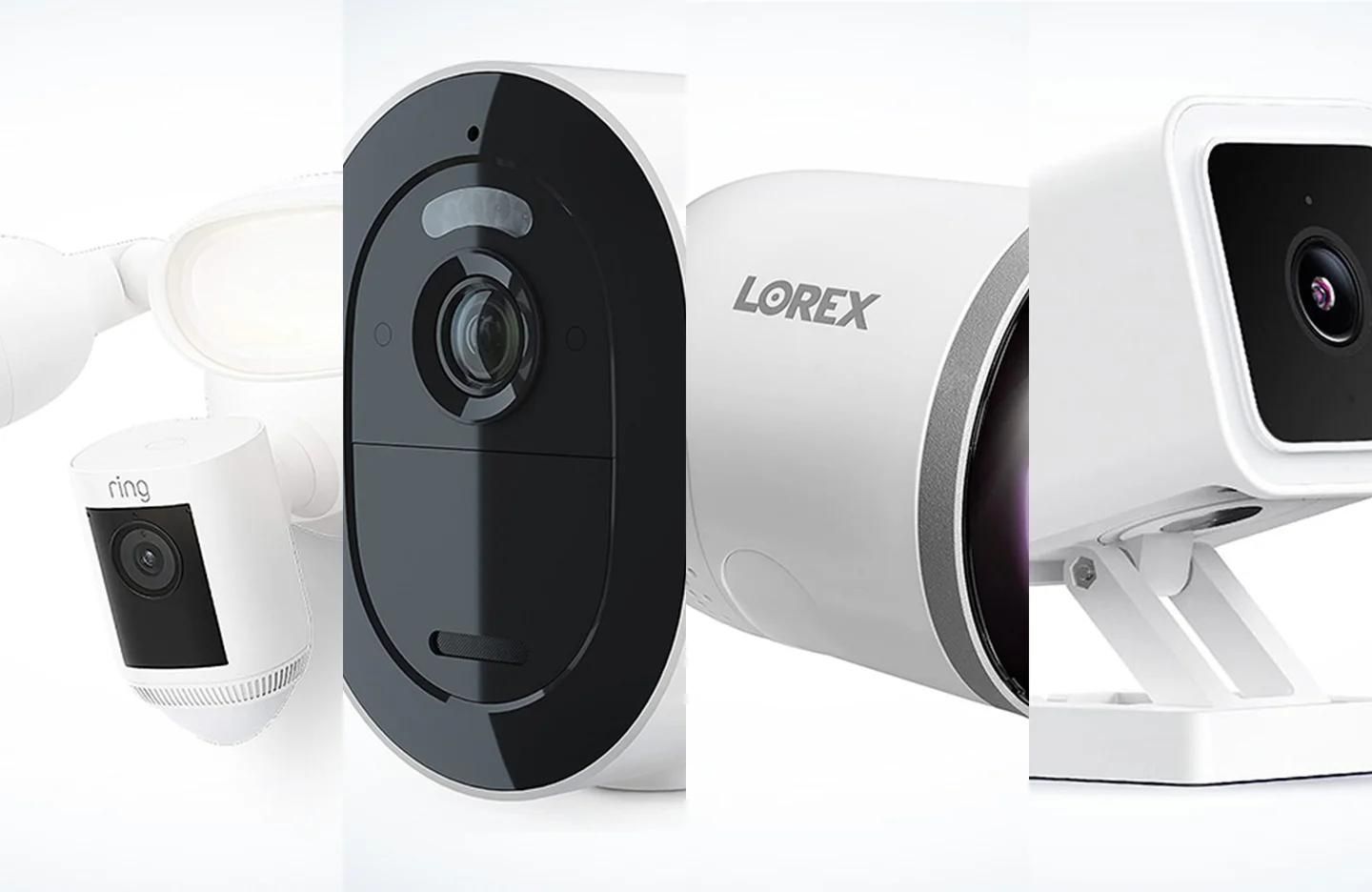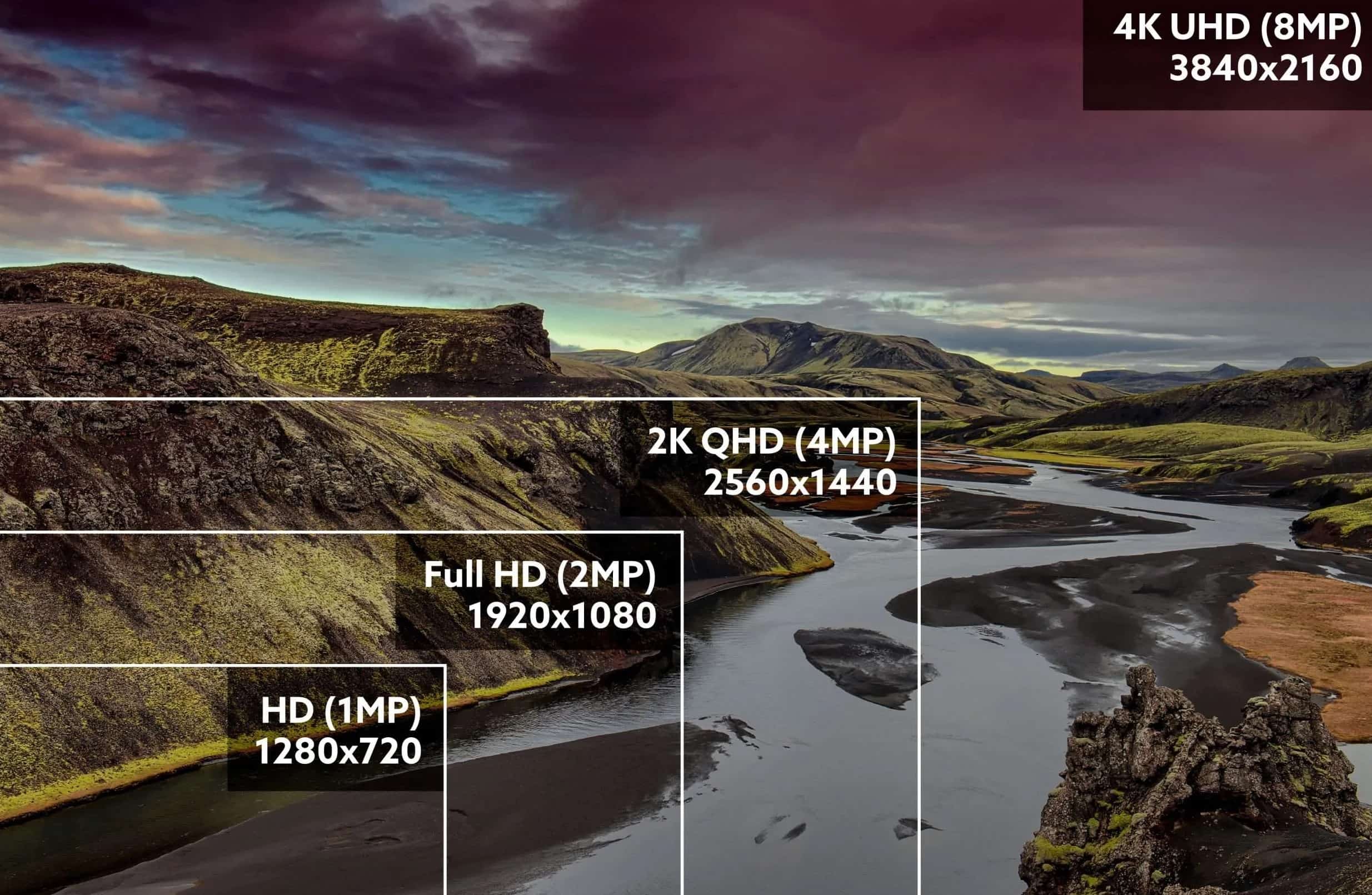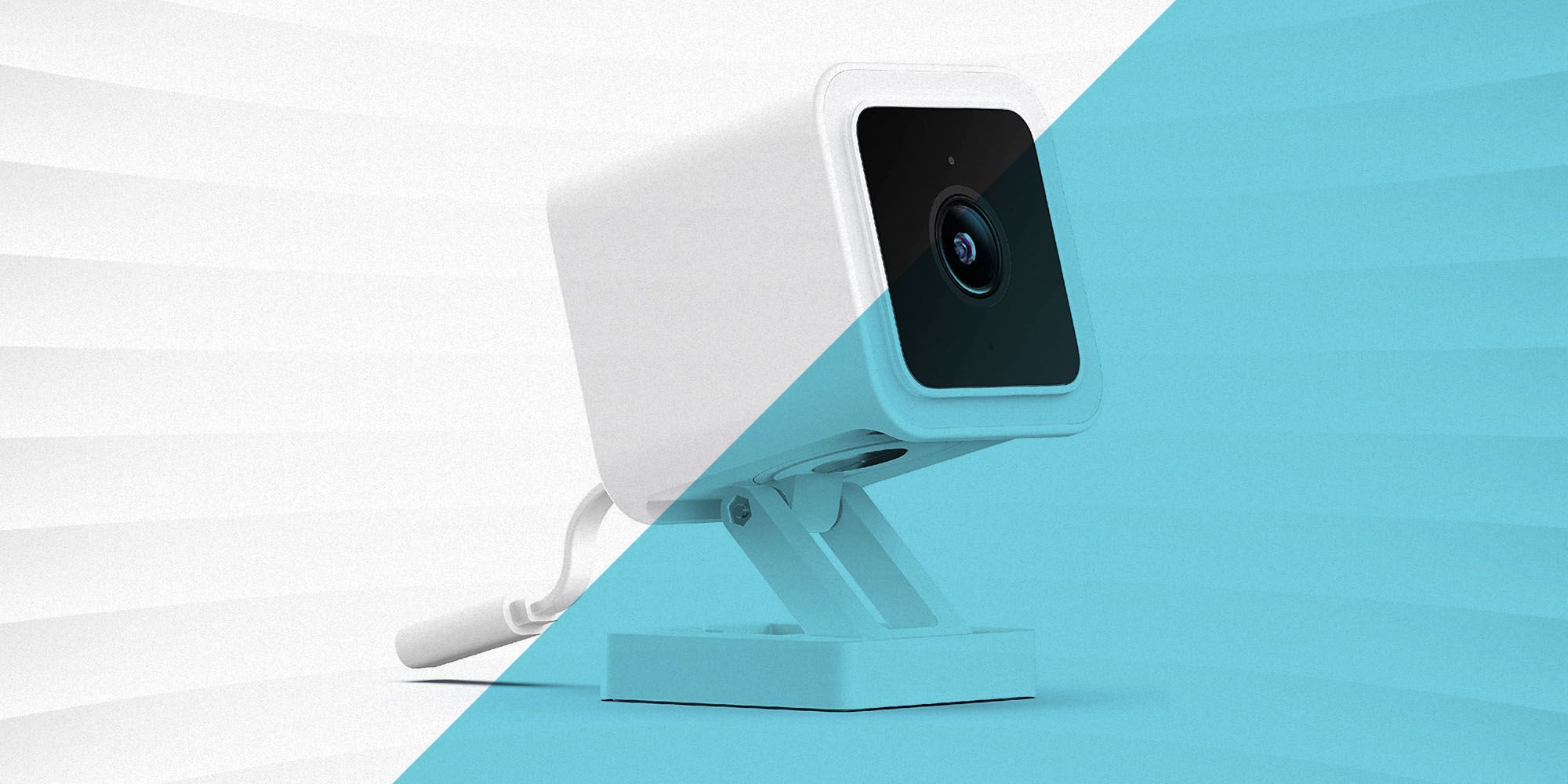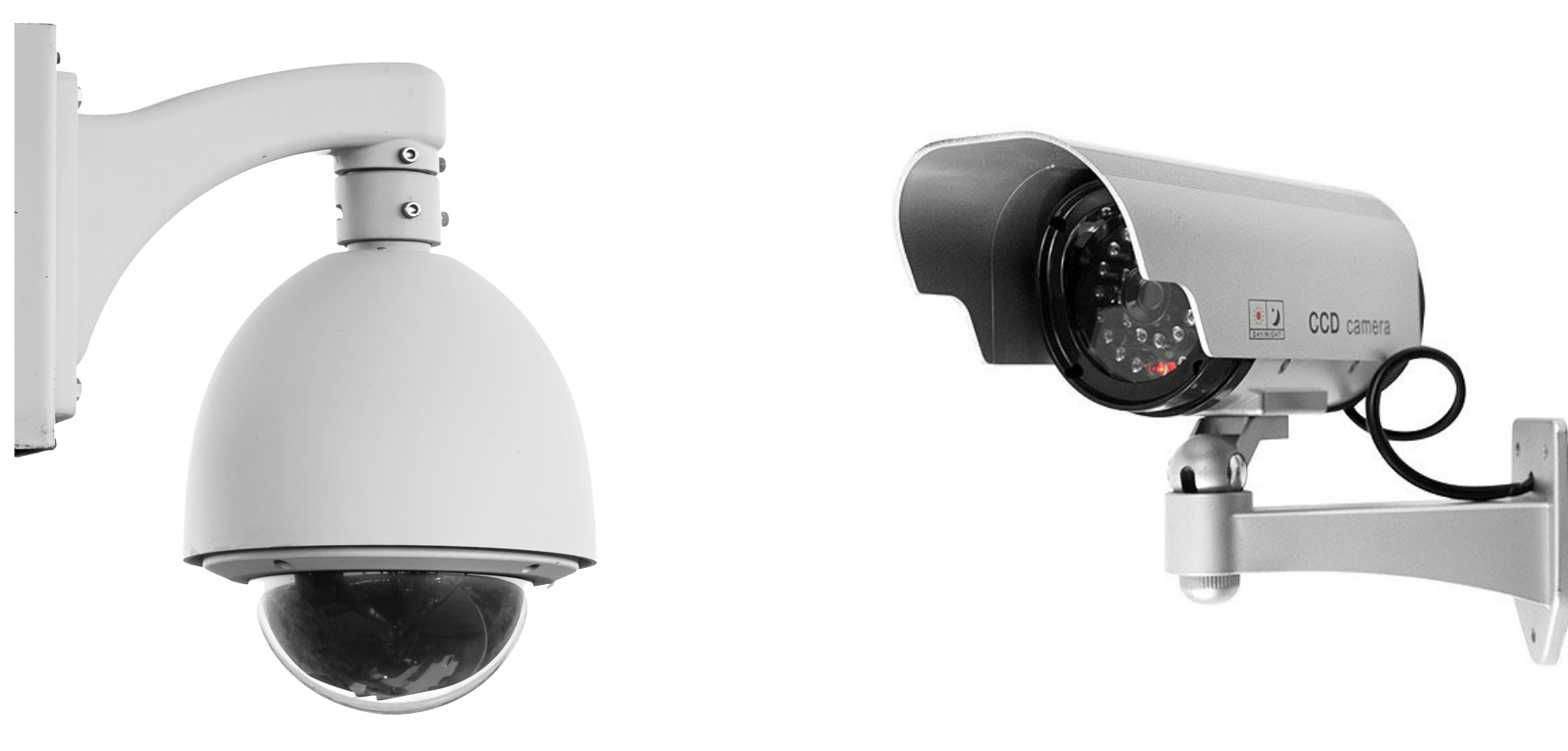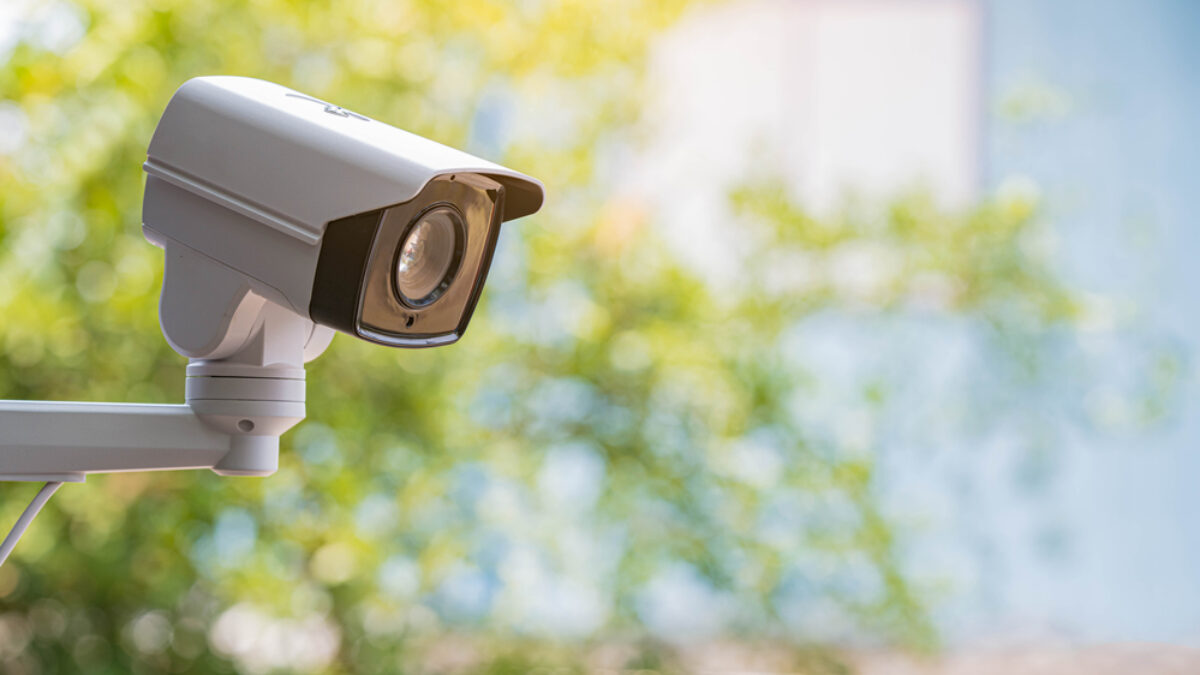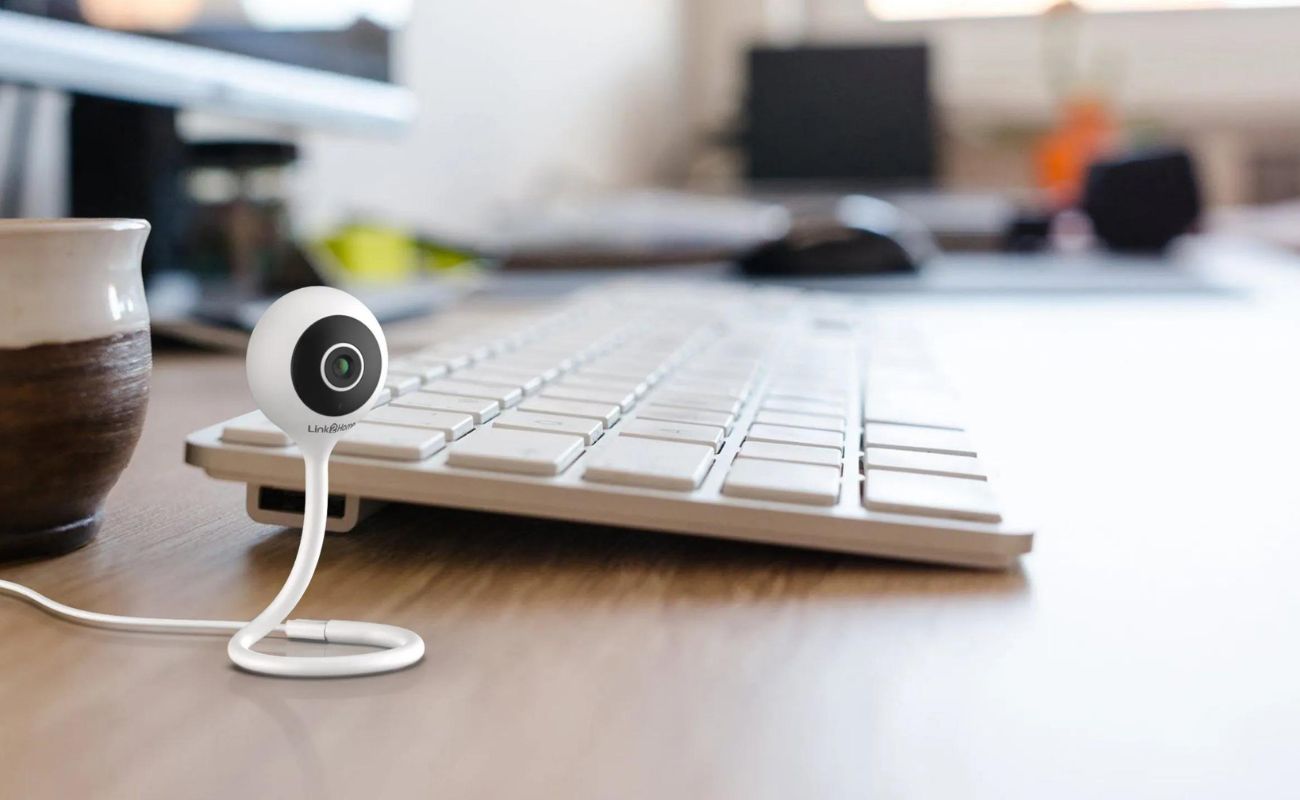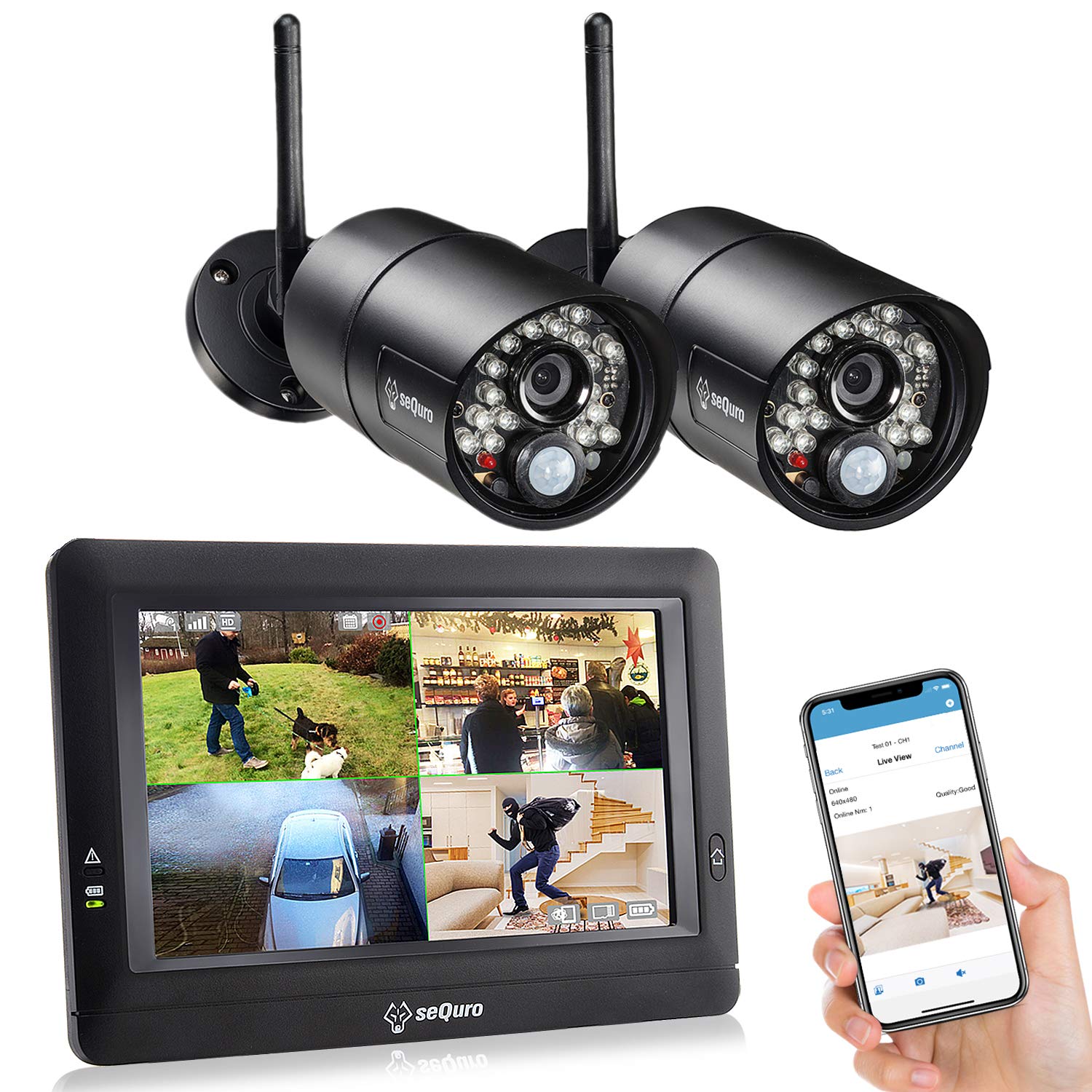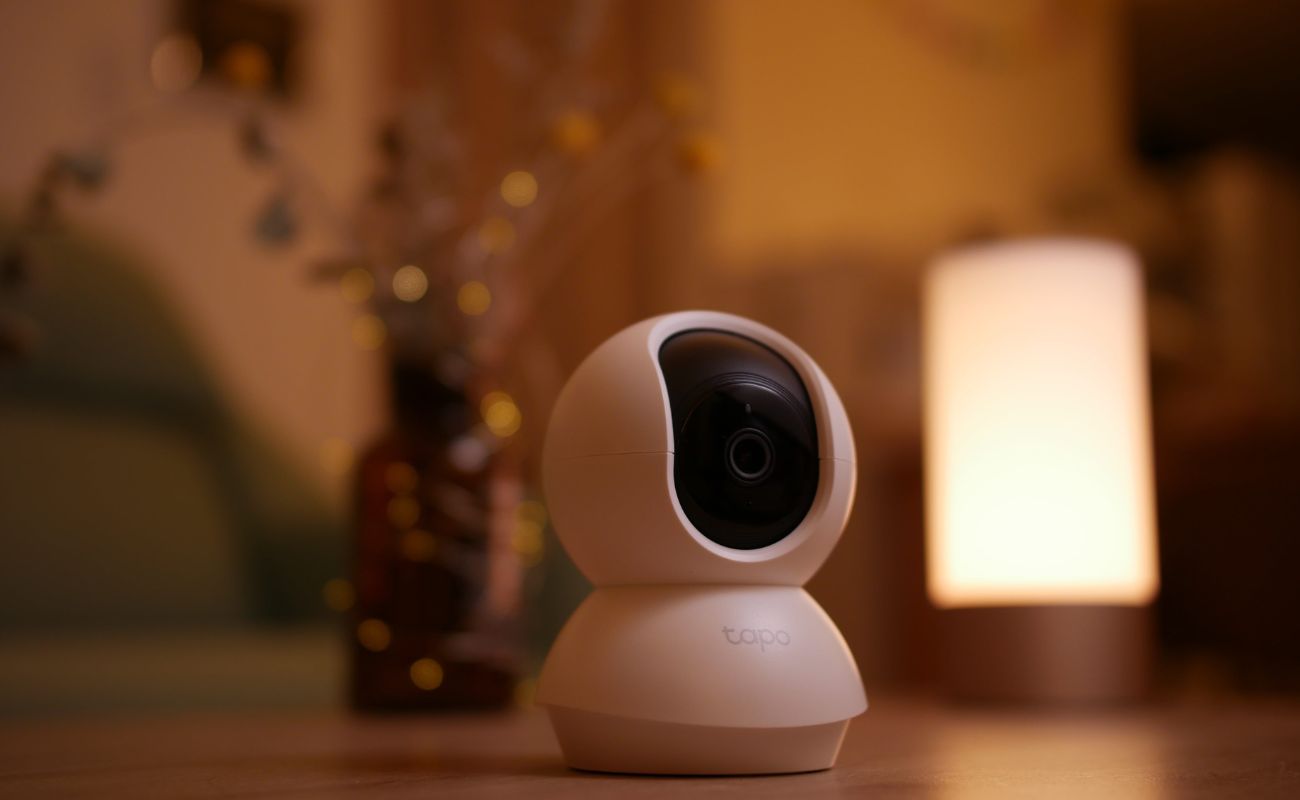Home>Home Security and Surveillance>What Is The Best Monitor For Security Cameras
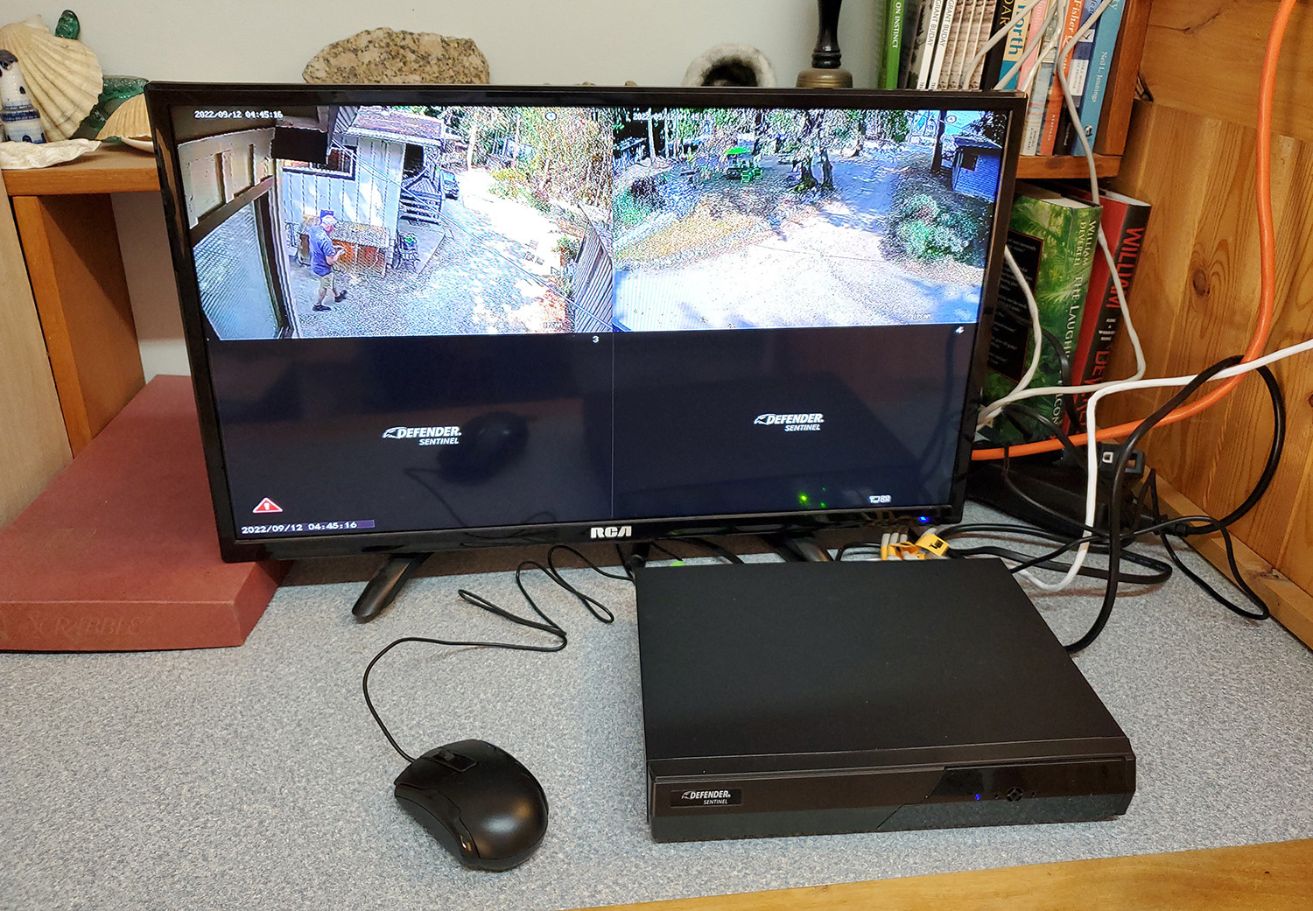

Home Security and Surveillance
What Is The Best Monitor For Security Cameras
Modified: March 7, 2024
Looking for the best monitor for your home security and surveillance system? Discover our top recommendations and ensure crystal clear monitoring with ease.
(Many of the links in this article redirect to a specific reviewed product. Your purchase of these products through affiliate links helps to generate commission for Storables.com, at no extra cost. Learn more)
Introduction
Welcome to the world of home security and surveillance! In today’s fast-paced and increasingly connected society, it is more important than ever to protect our homes and loved ones. One of the essential components of a comprehensive security system is a monitor for security cameras. A high-quality monitor allows you to view live footage, playback recorded videos, and monitor multiple camera feeds simultaneously.
When it comes to choosing the best monitor for your security cameras, there are several factors to consider. From the display size and resolution to connectivity options and additional features, finding the perfect monitor can make a significant difference in the effectiveness and efficiency of your surveillance system.
In this article, we will explore the key factors to consider when selecting a monitor for your security cameras. We will also discuss the different types of monitors available and highlight some of the best options on the market.
So, whether you’re a homeowner looking to enhance your home security or a business owner in need of a reliable surveillance solution, read on to discover everything you need to know about choosing the best monitor for security cameras.
Key Takeaways:
- Choose a monitor with a large display size and high resolution for clear and detailed footage, enhancing your surveillance system’s effectiveness.
- Consider LED/LCD, touchscreen, computer, wireless, or analog monitors, and select the best option based on your specific security needs and preferences.
Factors to Consider When Choosing a Monitor for Security Cameras
When selecting a monitor for your security cameras, there are several important factors to take into consideration. These factors will ensure that you choose a monitor that meets your specific needs and enhances the overall effectiveness of your surveillance system:
- Display Size: The display size of the monitor plays a crucial role in how easy it is to view and analyze footage. A larger display size allows for greater detail and makes it easier to identify objects and individuals in the footage. However, larger displays may come at a higher cost, so it’s important to strike a balance between size and budget.
- Resolution: The resolution of the monitor determines the level of detail in the displayed footage. Look for monitors with high resolutions, such as Full HD (1080p) or even 4K Ultra HD, to ensure crisp and clear visuals. This becomes particularly important when you need to zoom in on specific areas of the footage.
- Connectivity Options: Consider the connectivity options available on the monitor. Most modern monitors offer HDMI, VGA, and BNC inputs, allowing you to connect your security cameras easily. It’s also worth checking if the monitor supports multiple camera feeds, as this can be beneficial when monitoring different areas simultaneously.
- Aspect Ratio: The aspect ratio determines the width and height of the monitor’s display. The most common aspect ratio is 16:9, which is ideal for viewing footage in widescreen format. However, if you prefer a more traditional display, you can opt for a 4:3 aspect ratio.
- Response Time: For smooth and seamless playback of video footage, consider the response time of the monitor. A lower response time, measured in milliseconds (ms), ensures that there is minimal lag between the camera feed and the displayed image. Look for monitors with response times of 5ms or less for optimal performance.
- Additional Features: Monitors with additional features can enhance the user experience and provide added convenience. Some monitors come with built-in speakers, which allow you to listen to audio along with the video footage. Others may have adjustable stands, allowing you to tilt, swivel, or even mount the monitor on a wall.
By considering these factors, you can narrow down your options and choose a monitor that is perfectly suited to your security needs. Whether you prioritize display size for a larger viewing area or opt for a higher resolution for enhanced image quality, finding the right monitor will contribute to a more effective surveillance system.
Now that we have discussed the key factors to consider, let’s delve into the different types of monitors available for security cameras.
Types of Monitors for Security Cameras
When it comes to choosing a monitor for your security cameras, there are several different types available. Each type has its own unique features and benefits, catering to different needs and preferences. Let’s explore these types:
- LED/LCD Monitors: LED/LCD monitors are the most common and widely used type of monitors for security cameras. They offer a wide range of sizes, resolutions, and features to choose from. LED (Light Emitting Diode) technology provides bright and vibrant colors, while LCD (Liquid Crystal Display) technology ensures sharp image quality. LED/LCD monitors are energy-efficient, have fast response times, and can support various connectivity options.
- Touchscreen Monitors: Touchscreen monitors have gained popularity in recent years due to their intuitive and user-friendly interface. These monitors allow you to interact directly with the screen, eliminating the need for external controls. Touchscreen monitors offer convenience, especially when accessing menus, navigating through recorded footage, or adjusting camera settings. They are available in various sizes and resolutions to suit different needs.
- Computer Monitors: If you already have a computer or a laptop, you can utilize its monitor for your security camera system. Computer monitors typically have high resolutions, providing excellent image quality. They offer a wide range of sizes, and some models even come with adjustable stands for optimal positioning. Connecting your security cameras to a computer monitor is easy through HDMI or VGA ports.
- Wireless Monitors: Wireless monitors provide flexibility by eliminating the need for physical cables. These monitors receive the camera feed wirelessly, making them ideal for situations where running cables is not feasible. Wireless monitors are convenient for temporary surveillance setups or when you need to monitor different locations without the hassle of wiring. Just ensure that your security cameras are compatible with the wireless technology used by the monitor.
- Analog Monitors: Analog monitors are designed specifically for analog security camera systems. These monitors receive and display the analog video signal from the cameras. Analog monitors are generally more affordable and widely compatible with older surveillance systems. However, they may have lower resolutions compared to modern digital monitors.
Each type of monitor has its own advantages and limitations, so it’s important to assess your specific requirements and choose the type that best fits your needs.
Now that we have explored the types of monitors available for security cameras, let’s dive into some of the best monitors on the market.
When choosing a monitor for security cameras, look for one with high resolution (at least 1080p), a large screen size for better visibility, and the ability to display multiple camera feeds simultaneously for comprehensive surveillance.
Best Monitors for Security Cameras
When it comes to choosing the best monitor for your security cameras, there are several standout options available that offer excellent performance and features. Here are some of the top monitors on the market:
- ViewSonic VX3276-MHD: This 32-inch LED monitor offers a stunning display with Full HD resolution. It features an ultra-slim design and a frameless bezel, providing an immersive viewing experience. With HDMI, DisplayPort, and VGA inputs, it offers versatile connectivity options. The ViewSonic VX3276-MHD comes with a vibrant IPS panel for accurate colors and wide viewing angles.
- Dell U2718Q: For those looking for high-resolution monitors, the Dell U2718Q is a top choice. This 27-inch 4K Ultra HD monitor delivers incredibly sharp and detailed images. It features an InfinityEdge display with minimal bezels for a more immersive viewing experience. With USB-C, HDMI, and DisplayPort inputs, it offers convenient connectivity options.
- HP VH240a: The HP VH240a is a budget-friendly option that doesn’t compromise on quality. This 23.8-inch monitor offers Full HD resolution with an IPS panel for accurate colors and wide viewing angles. It comes with built-in speakers, making it suitable for applications that require audio monitoring. With HDMI, VGA, and DisplayPort inputs, it provides flexibility in connectivity.
- Samsung C27F398: If you prefer a curved monitor, the Samsung C27F398 is worth considering. This 27-inch curved LED monitor offers Full HD resolution and a sleek design. It features AMD FreeSync technology, which reduces screen tearing and stuttering for smoother gameplay and video playback. With HDMI and DisplayPort inputs, it provides easy connectivity options.
- ASUS VT168H: For those in need of a touchscreen monitor, the ASUS VT168H is a standout choice. This 15.6-inch monitor offers 10-point multi-touch functionality, making it ideal for interactive applications. It features a slim and compact design, with HDMI and VGA inputs for easy connectivity. The ASUS VT168H is also compatible with Windows 10, providing a seamless touch experience.
These are just a few examples of the best monitors for security cameras available on the market. When choosing a monitor, it’s essential to consider your specific needs, such as display size, resolution, connectivity options, and additional features, to ensure the monitor aligns with your requirements and enhances your surveillance system’s overall performance.
Now that we have covered the factors to consider and highlighted some of the best monitors, let’s wrap up our discussion.
Conclusion
Choosing the best monitor for your security cameras is a crucial step in creating an effective and efficient surveillance system. By considering factors such as display size, resolution, connectivity options, and additional features, you can find a monitor that meets your specific needs and enhances the overall performance of your security setup.
LED/LCD monitors offer a wide range of sizes, resolutions, and features, making them a popular choice for security camera systems. Touchscreen monitors provide a user-friendly interface, allowing for easy navigation and interaction. Computer monitors offer high resolutions and compatibility with existing setups. Wireless monitors provide flexibility by eliminating the need for physical cables. Analog monitors are ideal for older surveillance systems.
When it comes to the best monitors on the market, options like the ViewSonic VX3276-MHD, Dell U2718Q, HP VH240a, Samsung C27F398, and ASUS VT168H provide excellent performance, image quality, and connectivity options. However, it’s important to assess your specific requirements and choose a monitor that aligns with your needs and budget.
Remember, a high-quality monitor not only allows you to view live footage and playback recorded videos but also enhances your ability to monitor multiple camera feeds simultaneously. It contributes to a more comprehensive and reliable security system that helps protect your home or business.
So, whether you’re looking to enhance your home security or monitor your business premises, invest in a monitor that provides clear visuals, flexibility, and a seamless user experience. By selecting the best monitor for your security cameras, you can gain peace of mind knowing that you have a reliable and efficient surveillance system in place.
Frequently Asked Questions about What Is The Best Monitor For Security Cameras
Was this page helpful?
At Storables.com, we guarantee accurate and reliable information. Our content, validated by Expert Board Contributors, is crafted following stringent Editorial Policies. We're committed to providing you with well-researched, expert-backed insights for all your informational needs.
